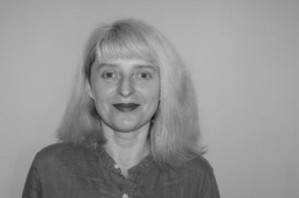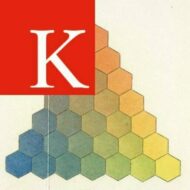Dr Gabriele Salciute Civiliene, Lecturer in Digital Humanities Education at the Department of Digital Humanities, King’s College London, has been announced the winner of the 2021 Martha Cheung Award for Best English Article in Translation Studies by the SISU Baker Centre for Translation and Intercultural Studies, Shanghai International Studies University. The Award is established in honour of the late Professor Martha Cheung, formerly Chair Professor of Translation at Hong Kong Baptist University, for her seminal contribution to the reconceptualization of translation from non-Western perspectives. The Martha Cheung Award is one of the top awards in the field.

Gabriele’s article “Between Surface and Depth: Towards embodied ontologies of text computing across languages”, published in Interdisciplinary Science Reviews 45/2 (2020), has been praised on the Award page as “a highly original, interdisciplinary contribution that offers new insights into the study of translation. It provides a critical consideration of what underlies the epistemo-methodological impasses of the mainstream approach to repetition in translation studies, and considers the possibility of a new practice for cross-linguistic quantitative reading. The article demonstrates how data visualization based on the computational analysis of translated text can illuminate our understanding of cognition and perception. Translation theory is shown to present an interesting problem for the Digital Humanities, one that fundamentally complicates text computing and challenges the flat dimensions of quantification. Dr. Salciute Civiliene draws on her research into the design of cross-linguistic distant reading and the modelling of repetition strings as equivalents of dynamic translatorial response to argue for and demonstrate the possibility of thick computing as suspended between textual surfaces and depths.”
